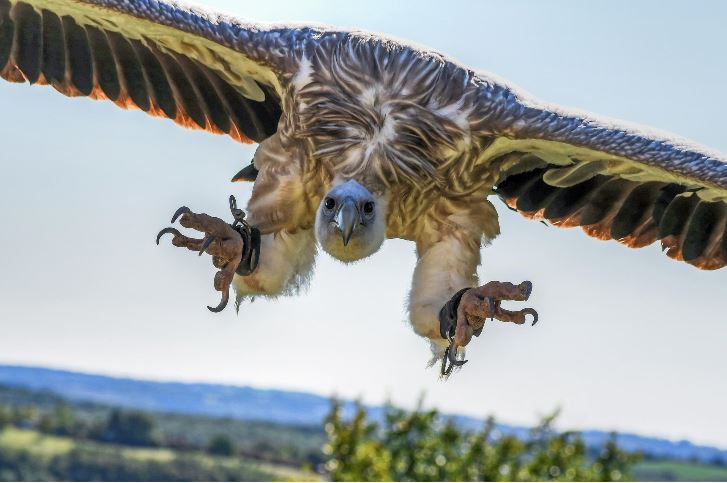
Australia’s first fossil vulture has been confirmed more than 100 years after it was first described as an eagle.
The discovery, by Flinders University and the South Australian Museum palaeontology experts, highlights the diversity of Australian megafauna and other animals many thousands of years ago in the Pleistocene period.
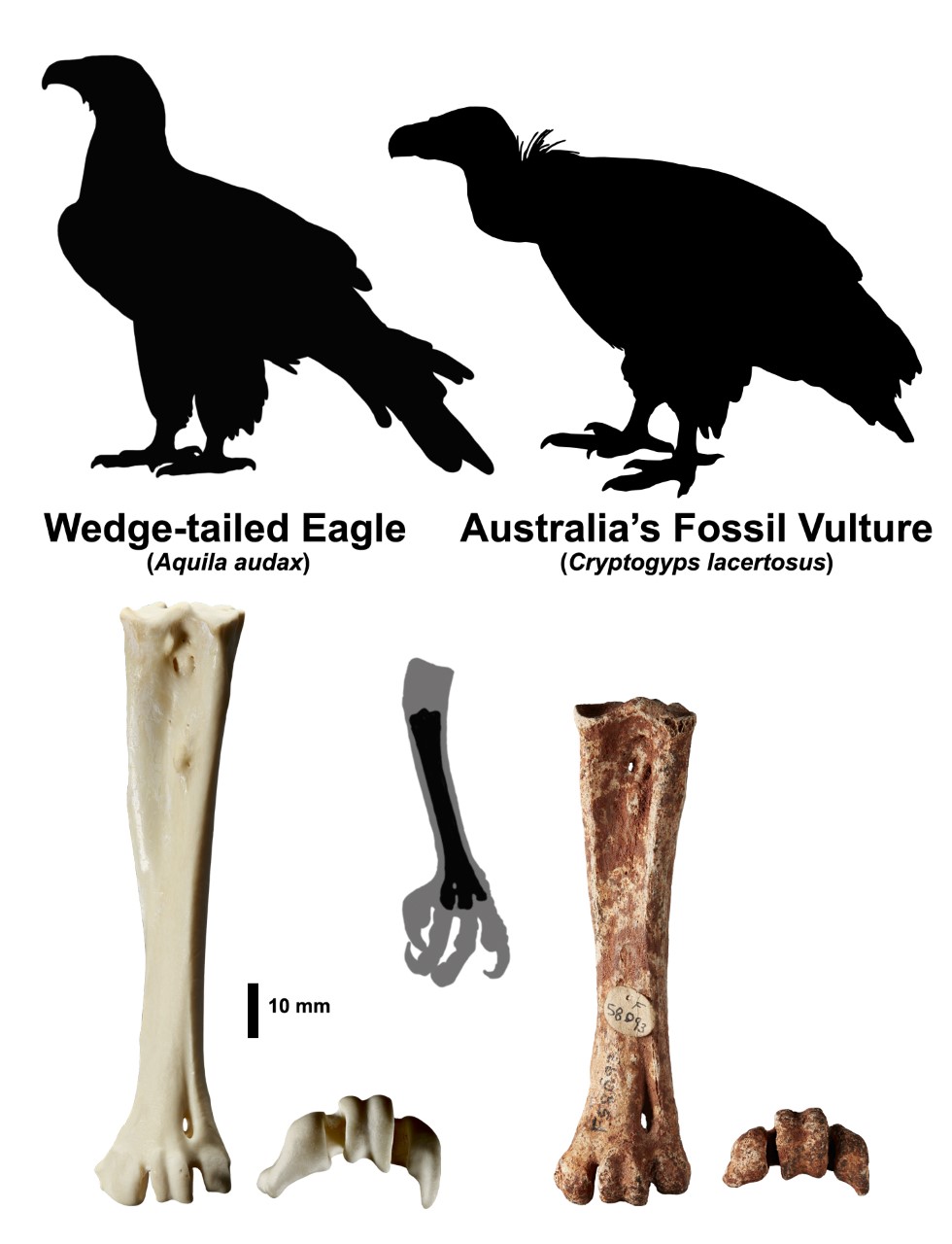
The renamed Cryptogyps lacertosus (meaning powerful hidden vulture) lived during the late Pleistocene of Australia between 500 and 50 thousand years ago, researchers say in a new study published in Zootaxa.
“Today we’re familiar with a wedge-tailed eagle picking at a kangaroo carcass on the roadside. Thousands of years ago, a very different bird would have filled the role of carrion consumer – one most people would now associate with the plains of Africa,” says lead author Dr Ellen Mather, from the Flinders University Palaeontology research lab.
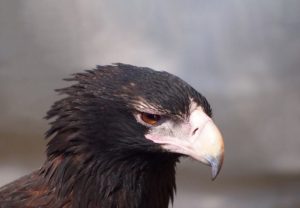
Sharing the skies with wedge-tailed eagles, the extinct vulture also existed with enormous marsupial herbivores such as Diprotodon, and fierce carnivores including the marsupial lion Thylacoleo. But the research has revealed that unlike its similar-sized wedge-tailed cousin, the Cryptogyps was not an eagle; it was an ‘Old World’ vulture, a group hitherto unknown in Australia.
“We compared the fossil material to birds of prey from around the world, and it became clear right away that this bird was not adapted to being a hunter, and so was not a hawk or an eagle,” says Dr Mather. “The features of the lower leg bone are too underdeveloped to support the musculature needed for killing prey.
“When we placed Cryptogyps in an evolutionary tree, this confirmed our suspicions that the bird was a vulture, and we are very excited to finally publish on this species.”
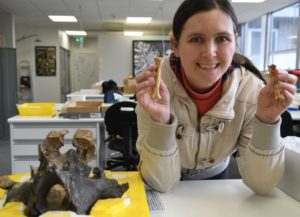
First described in 1905 by Charles Walter de Vis, an energetic English ornithologist who described many taxa in quick succession while residing in Queensland, the fossil was first named Taphaetus lacertosus (powerful grave eagle).
Cryptogyps lacertosus has now been given a new genus for what is a remarkable species, says senior author Flinders University Associate Professor Trevor Worthy.
“The discovery solves a mystery of what happened to so many megafaunal carcasses when the continent didn’t have vultures. Now we know they were here. They’ve been hidden in plain sight,” he says.
- Read more in The Conversation: It was long thought these fossils came from an eagle. Turns out they belong to the only known vulture species from Australia
Especially important to this discovery are the lower leg bones, or tarsus, that revealed this bird was a scavenger, not a typical eagle.
“This discovery also reveals that the diversity of our predatory birds was much greater in the past. More significantly, the extinction of vultures in Australia has major ecological implications,” Dr Mather adds.
“Vultures play a very important role in ecosystems by accelerating the consumption of carcasses and reducing the spread of diseases.
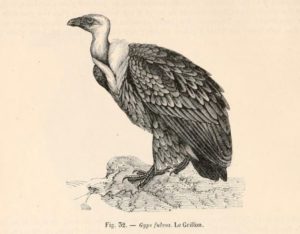
“The loss of Cryptogyps could have caused a drastic upheaval in ecosystem function for a very long time as other species scrambled to fill in its niche.”
The first bone of Cryptogyps lacertosus, a fragment of a wing bone, was found near Kalamurina Homestead on the Warburton River in South Australia in 1901. De Vis believed it to be an extinct relative of the wedge-tailed eagle. It was only in the late 20th century that Australian palaeontologists began to suspect that this fossil material could belong to a vulture rather than an eagle.
The vulturine relationships were confirmed when Dr Mather associated newly recognised fossil material, including the crucial tarsus, from the Wellington Caves in New South Wales and Leaena’s Breath Cave in Western Australia with the fossil from Kalamurina.
The article – A new look at an old Australian raptor places “Taphaetus” lacertosus de Vis 1905 in the Old World vultures (Accipitridae: Aegypiinae) (2022) by Ellen K Mather, Michael SY Lee and Trevor H Worthy – has been published in the Zootaxa. DOI: 10. 11646/zootaxa.5168.1.1

